You have most likely heard of water pump aeration and cavitation and have some idea what each is. When people see air bubbles in their coolant lines or radiator, they often think it’s caused by pump cavitation, but in fact, the air bubbles are caused by harmless aeration. If the water pump was cavitating you wouldn’t see air bubbles, but you could hear the cavitation and see the results of it on the impeller and pump’s volute. The reason you don’t see bubbles from cavitation is that they are not really “air bubbles” at all, but super-heated, high-pressure voids that, when they implode, make the noise you hear and do the damage you see.
Let’s go over the basics of Water Pump Aeration vs Cavitation.
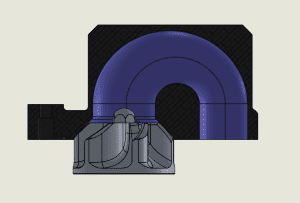 Aeration is the circulation of air that’s in the cooling system. It’s impossible to remove all the air from the system and you don’t want to. The coolant needs room to expand as it gets up to operating temperature. We know that if you fill the radiator much above the cooling fins there is a very good chance the system will push this excess out of the cap. As the cooling system runs the air in this space is mixed, dissolved, and circulated as tiny air bubbles in the coolant.
Aeration is the circulation of air that’s in the cooling system. It’s impossible to remove all the air from the system and you don’t want to. The coolant needs room to expand as it gets up to operating temperature. We know that if you fill the radiator much above the cooling fins there is a very good chance the system will push this excess out of the cap. As the cooling system runs the air in this space is mixed, dissolved, and circulated as tiny air bubbles in the coolant.
Cavitation, on the other hand, is the voids that are generated by the movement of the pump’s impeller against the coolant.
There are two types of pressures that determine if cavitation in pumps will occur. The first is the vapor pressure that is related to the pressure of the cooling system. This is one of the reasons MSV Racing promotes the use of its OptiFlo 1.8 radiator cap. The higher cooling system pressure reduces the chance of water pump cavitation and helps eliminate the vapor barrier and hot spots/steam pockets in your cylinder head and around the cylinder’s exhaust port. The second is the pressure and suction generated by the pump. As the impeller spins, coolant is pushed one way and pulled in the other by the blades. If the negative pressure is great enough, voids are formed and cavitation begins. This is often heard as a faint crackling or grinding-of-rocks noise from the pump and/or your impeller and housing will have pitting.
Now that you know the basics for both water pump aeration and cavitation – now you can help educate your friends around the campfire.

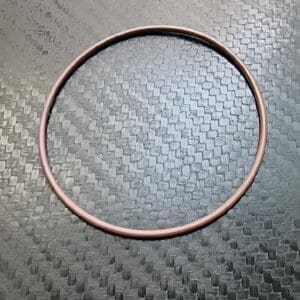
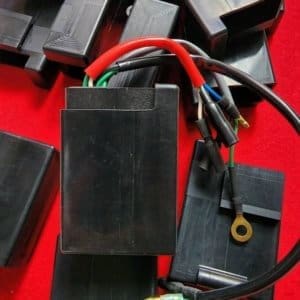

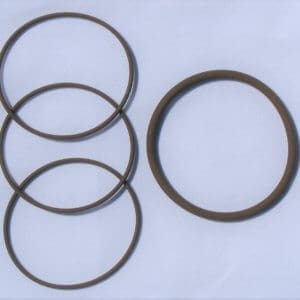

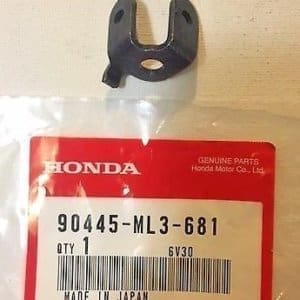

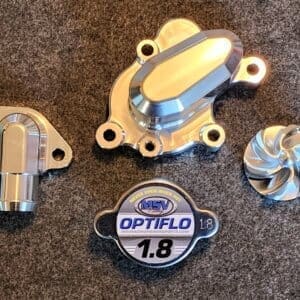



Reader Interactions